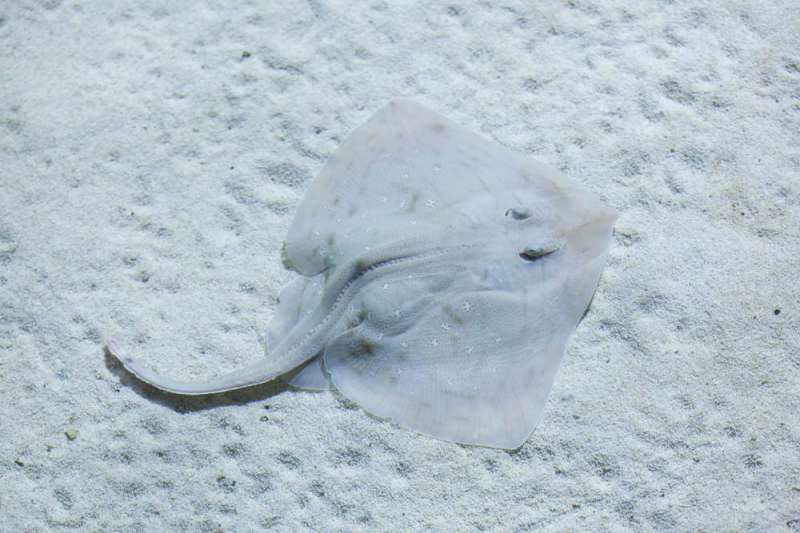New hope for fish allergy sufferers

Fish allergy is one of the most dangerous food allergies, as it is often associated with potentially life-threatening symptoms such as anaphylactic shock. People who are allergic to fish are not only exposed to risk through eating fish but also by accidentally inhaling fish fumes in markets or restaurants or through skin contact – especially in countries with a marine coastline, where fishing is important to the economy. However, there is now new hope for sufferers: an international research team has discovered that the parvalbumin protein that usually triggers the allergy is much less allergenic in cartilaginous fish than in bony fish.
The international research team from the Institute for Pathophysiology and Allergy Research at the Medical University of Vienna, Heimo Breiteneder and Tanja Kalic, as well as food allergy experts from Luxembourg, Annette Kuehn from the Luxembourg Institute of Health and Martine Morisset from Centre Hospitalier de Luxembourg, showed that parvalbumin is much less allergenic in the flesh of cartilaginous fish – various species of sharks and rays – than in the flesh of more commonly eaten bony fish. The thornback ray (Raja clavata), a cartilaginous fish, was clearly identified as a potential nutritional alternative for people with fish allergy. Despite having a proven allergy, 10 out of 11 test subjects were able to eat this fish without suffering any form of allergic reaction.
The main investigators Breiteneder, Kuehn and Morisset agree: "Provided that allergy sufferers first consult a suitable allergy specialist and are tested for potential tolerance to thornback ray, there might be an unexpected alternative for people who would still like to eat fish." These rays are very common and can be found in the Eastern Atlantic, around Norway, the North Sea and even Namibia – and are currently enjoying a resurgence as edible fish delicacies. The wing-like pectoral fins are cooked as a filet.
"This initial study has far-reaching potential. We are now planning to extend the study, which initially concentrated on the European population, to ultimately improve the quality-of-life of fish allergy sufferers around the world," says Kalic. "In addition, we are working on widening the range of fish that fish allergic people can safely eat."
More information: Tanja Kalic et al. Fish-allergic patients tolerate ray based on the low allergenicity of its parvalbumin, The Journal of Allergy and Clinical Immunology: In Practice (2018). DOI: 10.1016/j.jaip.2018.11.011


















